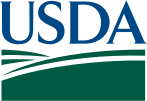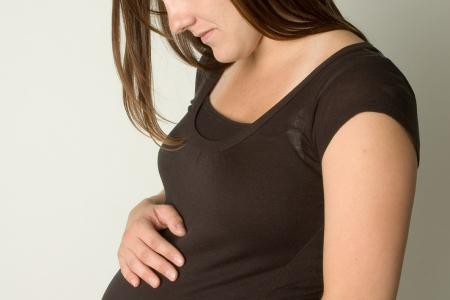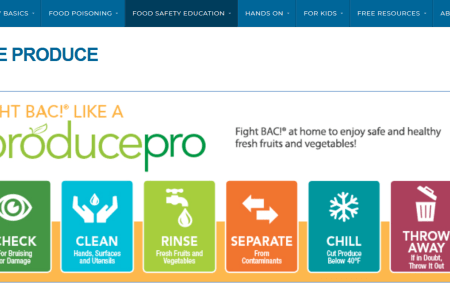The International Food Information Council (IFIC), in partnership with the FDA, has made the following webinar available to help enhance health professional's knowledge about the “Closer to Zero Action Plan”:
Background Information
On April 8, 2021, the Food and Drug Administration (FDA) announced “Closer to Zero”, the agency’s action plan for reducing exposure to toxic elements, including lead, arsenic, cadmium, and mercury, from foods for babies and young children. Their plan describes the approach they will take to help continually reduce toxic elements to the lowest levels possible in foods eaten by babies and young children.
Learn more about the four stages of their approach and their proposed timeline as well as their ongoing work on toxic elements.
Download the Closer to Zero and Key to a Well-Balanced Diet infographics.
On February 4, 2021, a House of Representatives Committee on Oversight and Reform subcommittee released Baby Foods Are Tainted with Dangerous Levels of Arsenic, Lead, Cadmium, and Mercury.
In response, the U.S. Food and Drug Administration (FDA), who regulates the safety of most food and food ingredients, including infant foods, published a response to questions about levels of toxic elements in baby food, and provided a number of links to other related information. Among this information is what can be done to limit exposure to arsenic, such as:
- Checking well water
- Eating a varied and nutritious diet
- Learning about juice recommendations for children
- Getting strategies for rice and infant rice cereal
FDA also issued a letter to baby and toddler food manufacturers and processors that reminds them of their existing responsibility to consider risks from chemical hazards, including toxic elements, when conducting a hazard analysis, including for products for babies and young children. This letter, as well as advice for parents and caregivers and an update on their activities, appears on a constituent updates page.
In addition, the American Academy of Pediatrics offers a printable FAQ entitled Heavy Metals in Baby Food (available in Spanish).
Additional Food Safety and Infant Feeding Resources
- WIC Infant Nutrition and Feeding Guide.
- General Food Safety Education with information on safe food handling, food storage and food recall notification.
- Food Safety for Children and Pregnant and Breastfeeding Women with resources specifically for these groups.
- Food safety webinars
- Protect Against Lead Exposure with WIC Foods as well as Sample Meals and other recipes featuring iron-rich foods.
- Making Your Own Baby Food, which offers tips, recipes and a video

 WIC Works Resource System
U.S. Department of Agriculture
WIC Works Resource System
U.S. Department of Agriculture



